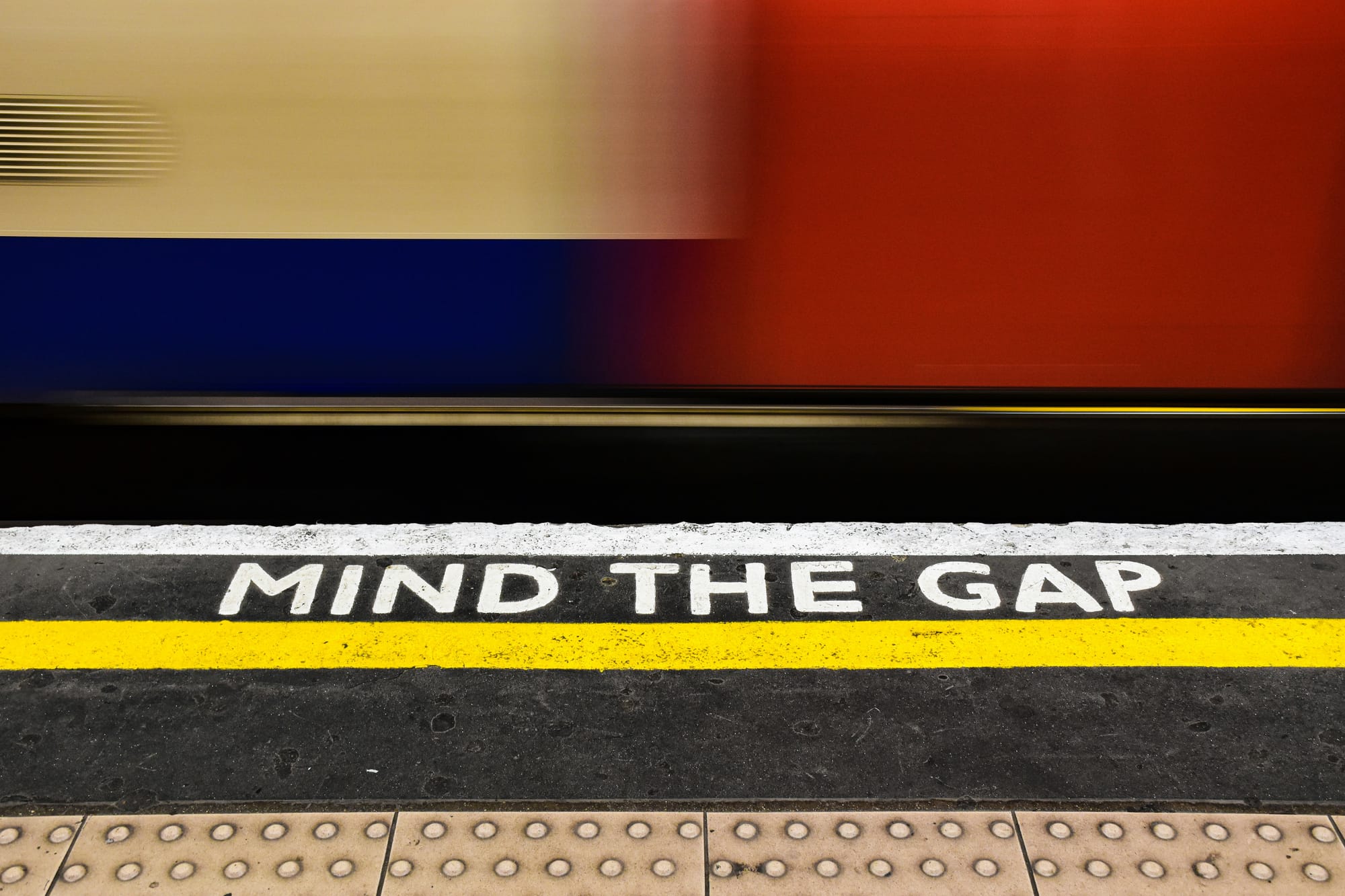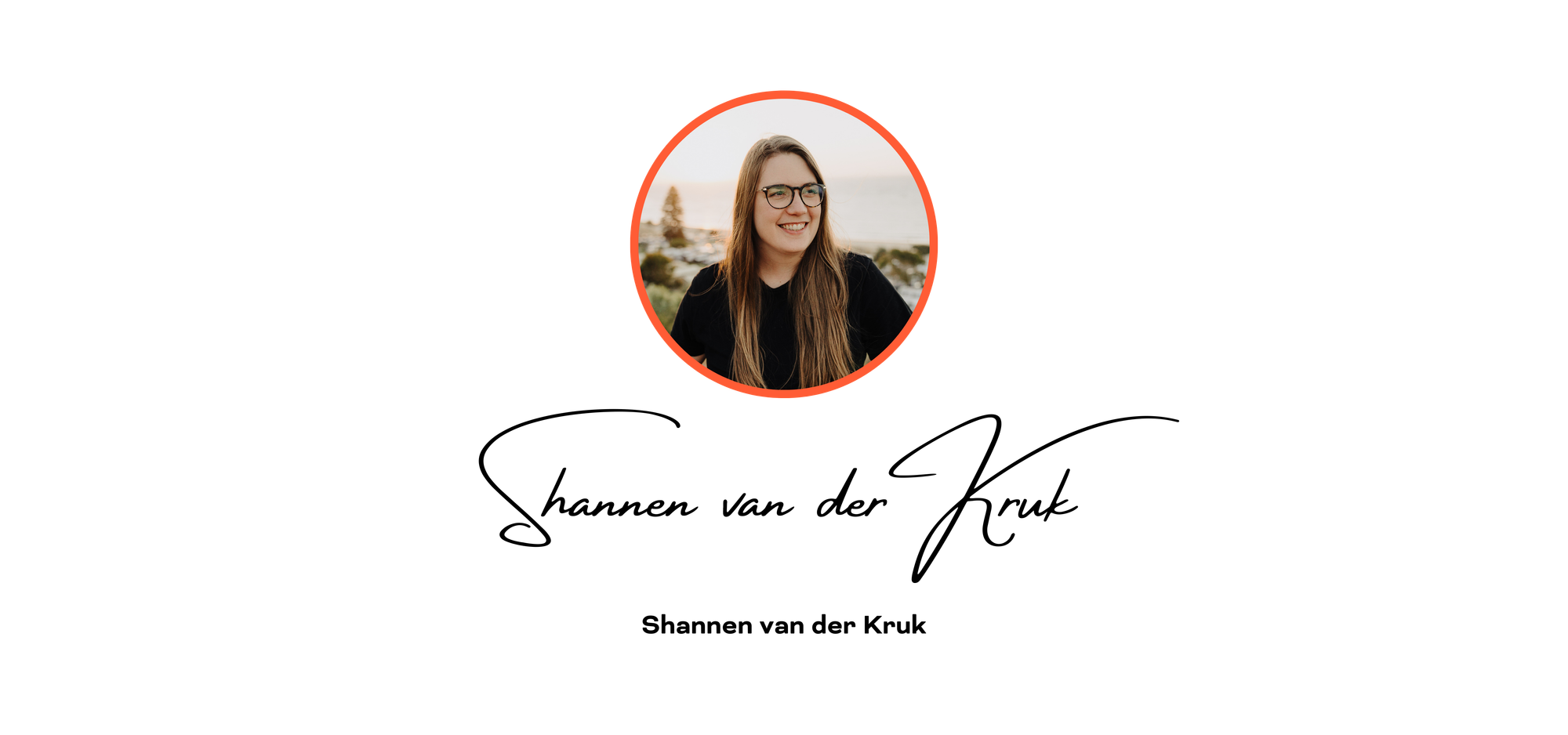March 2, 2025 | #29 | read on The Happier Studio | Free Version
Welcome to The Happier Newsletter, a weekly newsletter where I provide actionable ideas to help you build a happier, healthier, and more meaningful life.
What’s On Today
- Closing the Gap: Using What You Know to Take Action
- Why Change Feels Hard (And What to Do About It)
- 3 Things I’m Grateful For This Week
Closing the Gap: Using What You Know to Take Action

We all have a gap in our lives—the space between where we are now and where we want to be.
The only way to close this gap is by taking action. But too many people hesitate, overthink, or wait for the “perfect” moment—only to stay stuck in the same place, repeating the same routines, until years pass and nothing has changed.
If you don’t want to wake up one day wondering where the time went, you have to start moving—now. And you don’t need a big, life-changing moment. You just need small, consistent steps.
Here are three things that helped me:
1. From Knowing to Doing: The 'Rule of One'
Most people consume far more information than they act on. They read ten books on productivity but never change their habits. They binge self-improvement videos but don’t apply what they learn. They absorb knowledge but never do anything with it.
I used to be guilty of this too. I’d take in endless insights, believing that learning alone would improve my life. But knowledge without action is like a gym membership you never use—it holds potential, but it doesn’t create results.
The fix? The Rule of One: Every time you learn something valuable, apply just one key takeaway immediately.
Don’t wait. Don’t overthink it. Just pick one thing and put it into practice today.
- Read a book on mindset? Implement one mindset shift today.
- Learn a new habit-building strategy? Test it today.
- Discover a time management trick? Try it today.
Change happens through consistent action, not passive learning. It’s not about how much you know—it’s about what you do with what you know.
2. Make Action Inevitable with an 'Action Trigger'
We often rely on willpower to make changes, but willpower is unreliable. If you have to convince yourself to take action every time, you’ll probably find excuses not to.
The solution? Set an action trigger—a simple, pre-planned cue that makes taking action effortless.
For example:
- Want to work out in the morning? Lay out your workout clothes the night before.
- Want to write more? Open a blank document and leave it on your screen.
- Want to spend less time on social media? Remove the app icons from your home screen.
The key is to make the first step so easy that you don’t even have to think about it. When action becomes automatic, consistency follows.
3. Lower the Bar to Raise Your Progress
One of the biggest reasons people don’t start? They set the bar too high.
They believe they need an hour-long workout, a perfect morning routine, or a fully distraction-free afternoon to be productive. And when those conditions don’t happen, they do nothing at all.
The fix? Lower the bar. Instead of aiming for perfection, aim for consistency. Make it so easy that it’s impossible to fail.
- Want to write every day? Start with two sentences, not two pages.
- Want to work out consistently? Do five push-ups instead of planning a full routine.
- Want to read more? Commit to just one paragraph.
It might feel too small to matter, but the goal isn’t to make massive progress in one go—it’s to build momentum. Once you’ve started, it’s easier to keep going.
James Clear calls this the “Two-Minute Rule”—if a habit feels overwhelming, shrink it down to a version that takes less than two minutes. Progress isn’t about how much you do at once—it’s about showing up consistently.
Once you’re in motion, momentum takes care of the rest.
Why Change Feels Hard (And What to Do About It)
Change isn’t hard because we don’t know what to do—it’s hard because we struggle to do it consistently.
Most people think transformation happens in a single moment, like flipping a switch. But real change isn’t an event—it’s a process. It’s messy, non-linear, and often much slower than we’d like.
One of the biggest reasons we struggle is identity conflict. We set goals that contradict how we see ourselves.
- If you believe you’re “not a morning person,” you’ll struggle to build a morning routine.
- If you see yourself as “bad with money,” you’ll sabotage your financial goals.
- If you think you’re “not disciplined,” you won’t follow through on habits.
Identity drives behaviour.
If you want lasting change, shift your identity first. Instead of saying, I want to be more productive, start telling yourself, I am the type of person who gets things done. Instead of hoping to be healthier, reinforce, I am someone who moves my body daily.
Small actions shape identity. The more you act like the person you want to become, the easier it is to believe that’s who you are. And once your identity shifts, change stops feeling like something you have to force—it becomes second nature.
So ask yourself: Who do I need to become to live the life I want? Then, start showing up as that person today.
3 Things I’m Grateful For This Week
- I am grateful to be able to train for a marathon. I recently came across a quote by Richard Webster that I can’t stop thinking about: “Twenty years from now, you’d give anything to be this exact age, exactly this healthy, in this exact moment. Take a second to enjoy it.” This reminder makes me appreciate every run, every step, and the privilege of moving my body.
- I am grateful for the flexibility to take time off work when I need it. Having the ability to pause, recharge, and take care of what truly matters is something I don’t take for granted.
- I am grateful for the ability to have honest, open conversations with my wife without fear of judgment. Knowing that we can talk through challenges with trust and understanding is something I deeply appreciate.
What are you grateful for this week?
